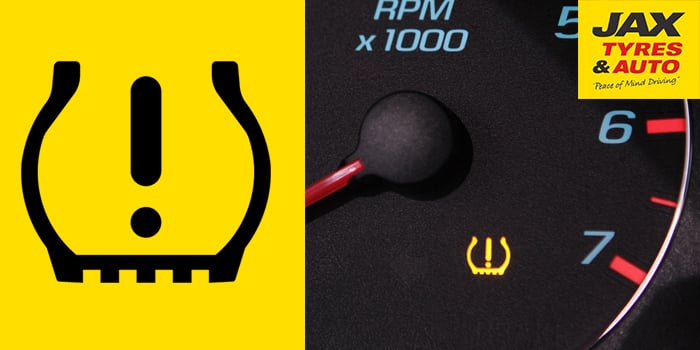TPMS: Everything You Need to Know

Properly inflated tyres provide you with the best performance, improve fuel economy and prevent unnecessary accidents. Your regular routine tyre checks with a tyre professional will include air pressure checks, but what’s the best way of keeping an eye on your tyre inflation in between visits? TPMS offers a handy solution, and the best thing; if you have a relatively new car, you probably already have TPMS installed.
So what exactly is TPMS? How does it work? And how do you use it to optimise your car’s performance and stay safe on the road?
We’ve got the answers to everything you need to know.
What is TPMS?
TPMS stands for Tyre Pressure Monitoring System. TPMS is an electronic safety function on a car that alerts you when one or more of your tyres are underinflated. Flat or low-pressure tyres can impact on your vehicle handling, braking distance and tyre wear- and they can be extremely dangerous. TPMS reduces the risk associated with proper tyre pressure and gives you an early warning signal of low pressure.
TPMS reduces the risk associated with proper tyre pressure and gives you an early warning signal of low pressure.
How do Tyre Pressure Monitoring Systems work?
There are two types of TPMS available on the market today. One uses sensors (Direct TPMS) the other uses the car’s anti-lock braking system (Indirect TPMS).
Direct TPMS
A Direct TPMS uses tyre pressure sensors placed within the pressurised pocket of your tyre. The sensors monitor air pressure within the tyre and transmit the information to the car’s on-board computer. In the event of low pressure (usually 25% below the manufacturer’s recommended level) a warning light will appear on your car’s dashboard.
Indirect TPMS
Indirect TPMS uses the car’s anti-lock braking system (ABS) to monitor lost air pressure in the tyres. The ABS wheel-speed sensors track the rotational speed of each tyre. If one of the tyres is out of sync with the others, it is an indication that the tyre’s air pressure is low. This information is then sent to the car’s computer system and an alert displays on the dashboard.
How do I know if my car has TPMS?

The easiest way to check if your car has TPMS installed is to simply turn on your car and look for the icon on your dashboard. The icon resembles a cross section of a tire with an exclamation point and/or the letters TPMS.
Can I get TPMS retrofitted to my car?
While most modern vehicles come equipped with a Tyre Pressure Monitoring System, if you have an older car, you may not have one. You can easily and affordably install TPMS using a TPMS kit. Like all things with your vehicle, it’s a good idea to have any safety and performance enhancers checked over by a professional. So, book in with your nearest tyre professional if you are considering a TPMS upgrade.
What should I do if TPMS is telling me my tyre pressure is low?
If your TPMS light appears on the dashboard while you’re driving, it’s time to take notice. Your light indicates that at least one of your tyres is low on pressure or that your TPMS isn’t functioning as it should. Either way, it’s time to book your tyres in for a check-up.
Keep your wheels running smoothly, Book in for a tyre check today.
No driving when the TPMS light is on is unsafe. Your TPMS light is a clear indicator that your tyres or your TPMS system needs attention. You should stop at your closest service station to check your air pressure and then book in for a tyre inspection. Continuing to drive without checking your tyres is an unnecessary risk to you and others on the road.
Your TPMS light is a clear indicator that your tyres or your TPMS system needs attention
Only some TPMS systems will alert you if your tyres are over inflated. This is why regular tyre checks are still important.
Sensors are typically battery operated and last between 2 and 10 years depending on the system. So, if you’ve had your car for a few years, it may be time to get your TPMS checked and/or sensors replaced.
TPMS is a simple and effective safety precaution that can be applied to almost every vehicle. However, the system is only effective when it is properly maintained and is never a replacement for a manual air pressure check conducted by a professional.

